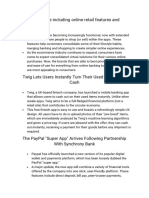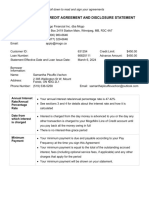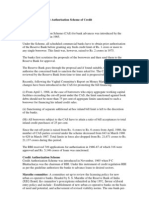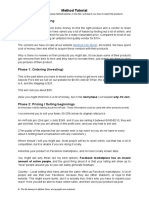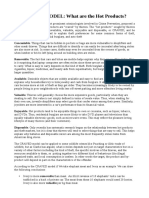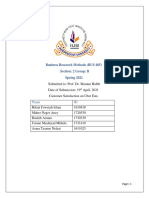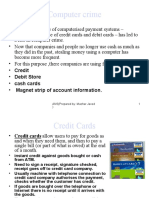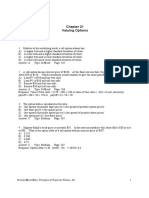0% found this document useful (0 votes)
135 views13 pagesPayment Methods 2
The document provides an overview of various payment methods available to Australian consumers, including cash, credit/debit cards, Buy Now Pay Later (BNPL), digital wallets, and lay-by, highlighting their benefits and risks. It discusses the importance of security and consumer protection against online scams and fraud, as well as the future of payments influenced by technology like AI and blockchain. The conclusion emphasizes the need for consumers to understand these payment options to make informed financial decisions.
Uploaded by
010311lovelyCopyright
© © All Rights Reserved
We take content rights seriously. If you suspect this is your content, claim it here.
Available Formats
Download as PPTX, PDF, TXT or read online on Scribd
0% found this document useful (0 votes)
135 views13 pagesPayment Methods 2
The document provides an overview of various payment methods available to Australian consumers, including cash, credit/debit cards, Buy Now Pay Later (BNPL), digital wallets, and lay-by, highlighting their benefits and risks. It discusses the importance of security and consumer protection against online scams and fraud, as well as the future of payments influenced by technology like AI and blockchain. The conclusion emphasizes the need for consumers to understand these payment options to make informed financial decisions.
Uploaded by
010311lovelyCopyright
© © All Rights Reserved
We take content rights seriously. If you suspect this is your content, claim it here.
Available Formats
Download as PPTX, PDF, TXT or read online on Scribd
/ 13

